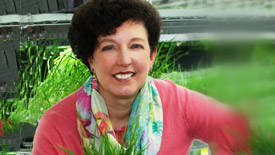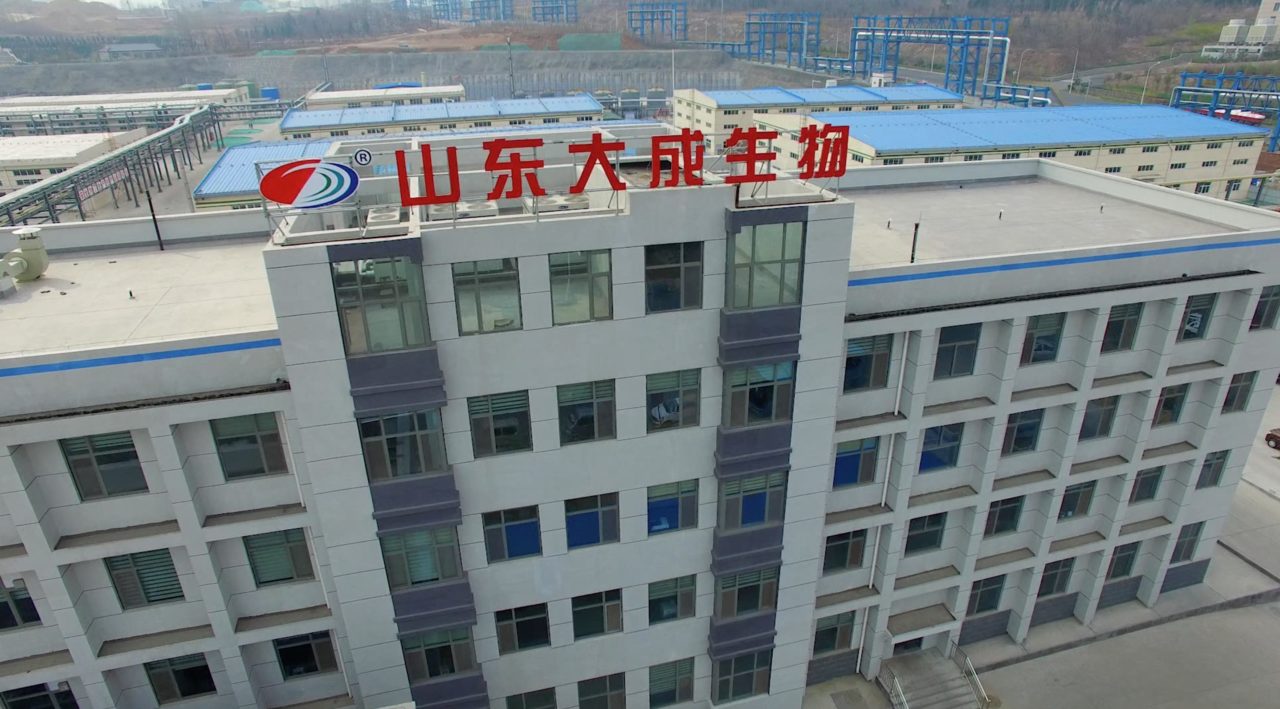Insights on the Changing Way Biologicals Are Distributed
1 Bigger doesn’t always mean better.
Every startup loves the idea that their one-mode biological will have Helena and Crop Production Services fighting over exclusive rights to their product, and their main problem thereafter will be deciding what to do with the stacks of cash, despite the fact they have zero sales force or infrastructure. But the reality is that distributors are incentivized by margins, and getting their attention in a multinationals-driven marketplace often feels like shouting messages into a void.
“What we’ve found is that, just like there are innovative farms and early adopters, there are innovative distributors and dealers regionally,” Pam Marrone, Founder and Chief Executive of Marrone Bio Innovations, tells AgriBusiness Global.
 “Interestingly, there is a very similar kind of pecking order and issues among the distributors as with the large agrochemical companies,” she says. Smaller players cannot compete on volume, so instead they seek out ways to set themselves apart from the larger players.
“Interestingly, there is a very similar kind of pecking order and issues among the distributors as with the large agrochemical companies,” she says. Smaller players cannot compete on volume, so instead they seek out ways to set themselves apart from the larger players.
The smaller, innovative, regional distributors, she says, have a growing appetite for value-added products — products that are proprietary and unique. They want to know how they can partner with biological companies that can provide a standout value-added offering to the grower.
“We have found that having more specialized and regional distributors is starting to work well for us,” says Marrone, whose company recently submitted to EPA for approval of its latest novel biofungicide, dubbed MBI-110. Marrone is also developing a biological herbicide that can be used with both organic and conventional agriculture on glyphosate-resistant weeds, and is targeting EPA submission for that product this year.
She points out one side effect of consolidation: When the big manufacturers get bigger, they have more clout with distributors and push more back-ended incentive programs on them. As top distributors rely increasingly on these incentives, growers “may resist having too many bundled offerings. They are going to go looking for those independent offerings that might be out there,” Marrone says. Smaller distributors may be nimbler in bringing innovation to growers. Marrone, though, still counts the largest distributors as her biggest customers. “We appreciate working with all kinds.”
After all, it isn’t growers who are hesitant to try biologicals. “Growers are always experimenting with tweaking their IPM strategies and many will allow demos on their farms. There are often early adopters in organic, because they have fewer tools. Even in conventional, where there is an unmet need, they’ll snatch something before we even get to them,” she adds. “We have less concern about growers adopting our products than the distribution channel.”
“Growers are fiercely independent, and may resist having too many bundled offerings. They are going to go looking for those independent offerings that might be out there.” – Pam Marrone, Marrone Bio Innovations
2 Stabilization is the holy grail.
Having troubles dealing with the short shelf life of biologicals? Columbus, Ohio-based contract research organization Battelle hopes to change all that.
According to Josh Arnold, Director of Business Development, Battelle Agribusiness, once a microbe can be stabilized at room temperature or even warmer temperatures, no matter the form — liquid, dry, or on-seed — it sets the stage for success from a distribution angle. “The solution is to stabilize microbes for a year or more. That’s a tremendous value-add for the grower or manufacturer of the product,” he says.
Battelle researchers, Arnold says, have discovered a turnkey solution for stabilizing microbes on-seed, for which it has filed a patent application. Arnold couldn’t get into the specifics, but revealed that the project came out of its own research dollars, and clients both very large and small have expressed interest in the product, he says. “It is a Battelle invention,” he says.
The technology is an answer to the industry’s focus on seed coating formulations and seed dressings, and it does not sacrifice efficacy, Arnold says. “That is a really big need in the industry, and that’s where Battelle has shown some favorable results for on-seed stability of these microorganisms. There I really think we’re solving a problem,” Arnold says. A year from now, he says he would ideally like to be having confidential discussions with potential licensees.
“From a distribution perspective, it goes back to the early-stage development of a lot of these (biological) products. How do you stabilize it whether it’s on seed or on the shelf? If you can do that, from a distribution perspective, then it should be much easier to distribute the products more effectively,” Arnold says.






